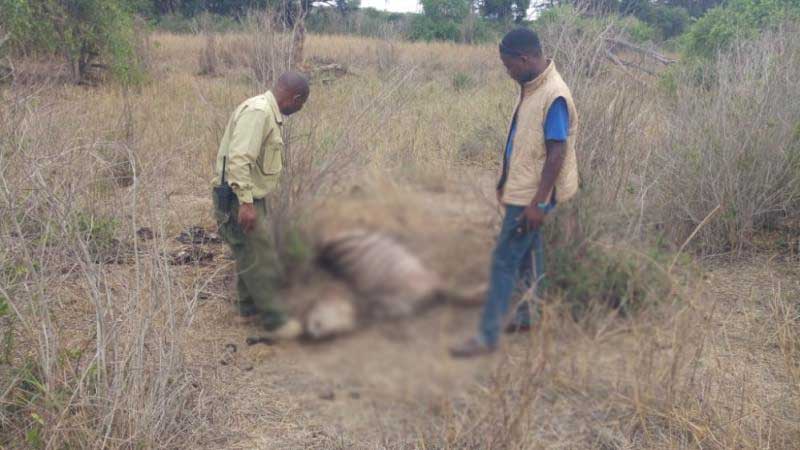×
The Standard e-Paper
Home To Bold Columnists

Taita Taveta County has experienced two contrasting weather events that have caused loss and damage. In one part of the county, hundreds of wild animals have died from drought, while in another part, more than 3,000 goats and sheep have been killed in floods.